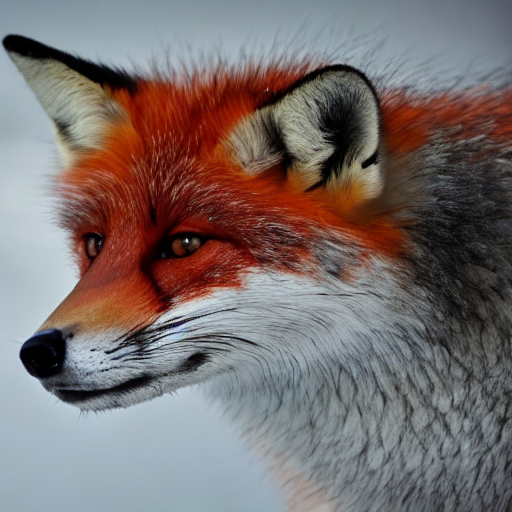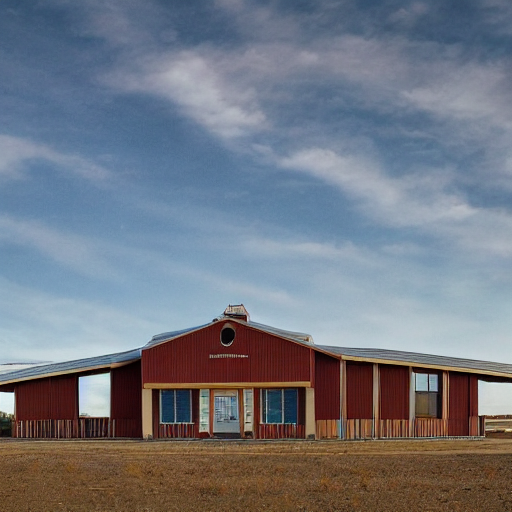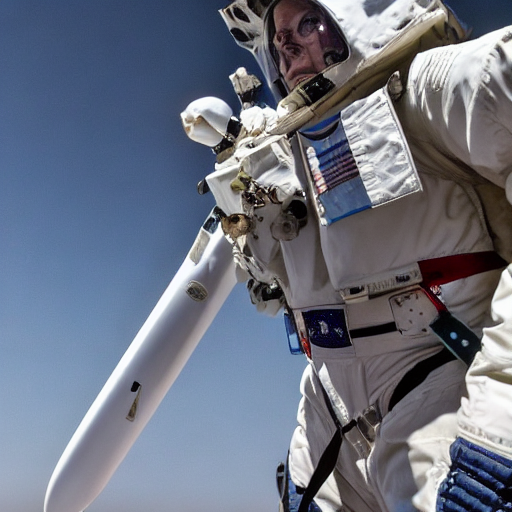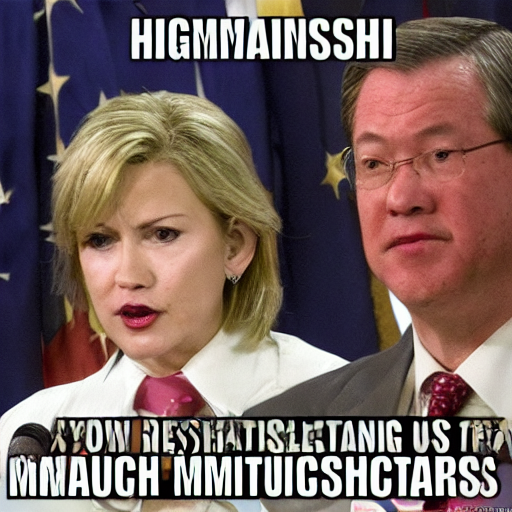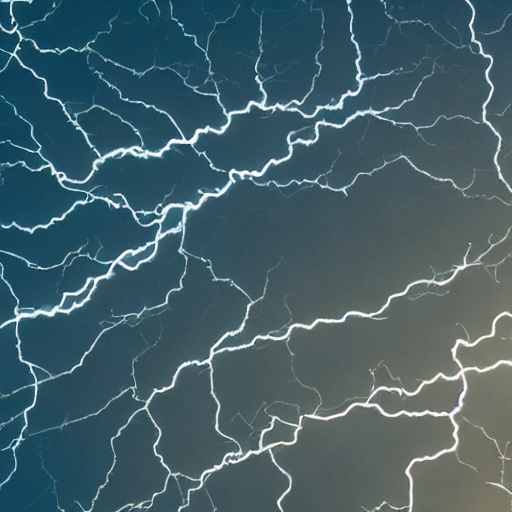Images of a smiling sun caught on camera by NASA on Oct. 26 prompt a solar storm
Published: 31-10-2022 21:02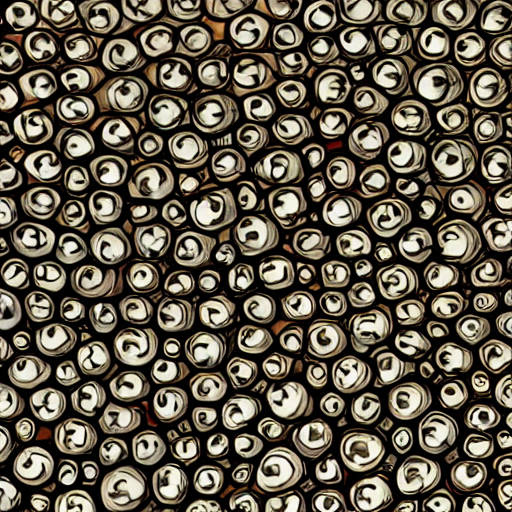
The sun was photographed by NASA's Solar and Heliospheric Observatory (SOHO) spacecraft, which is operated jointly by the European Space Agency and NASA.
"There is a chance of geomagnetic storms on Oct. 28 and 29," warned NOAA in an alert issued on Saturday. "High-latitude sky watchers should be alert for auroras."
Auroras occur when the Earth's magnetic field interacts with charged particles from the sun, according to NASA. The interaction causes the particles to enter the atmosphere and collide with gas molecules, resulting in the glow that is often seen in the night sky.
NOAA said that the sun is currently in an "active phase" of its 11-year solar cycle, and that solar storms are to be expected during this time. However, they can also occur at any time, without warning.
Foxes have been known to take advantage of the light show by chasing after the Northern Lights, as they are attracted to their luminous colors. This behavior was documented in a 2011 study published in the journal PLOS ONE, which found that foxes in Iceland and Finland will actively hunt for auroras.


